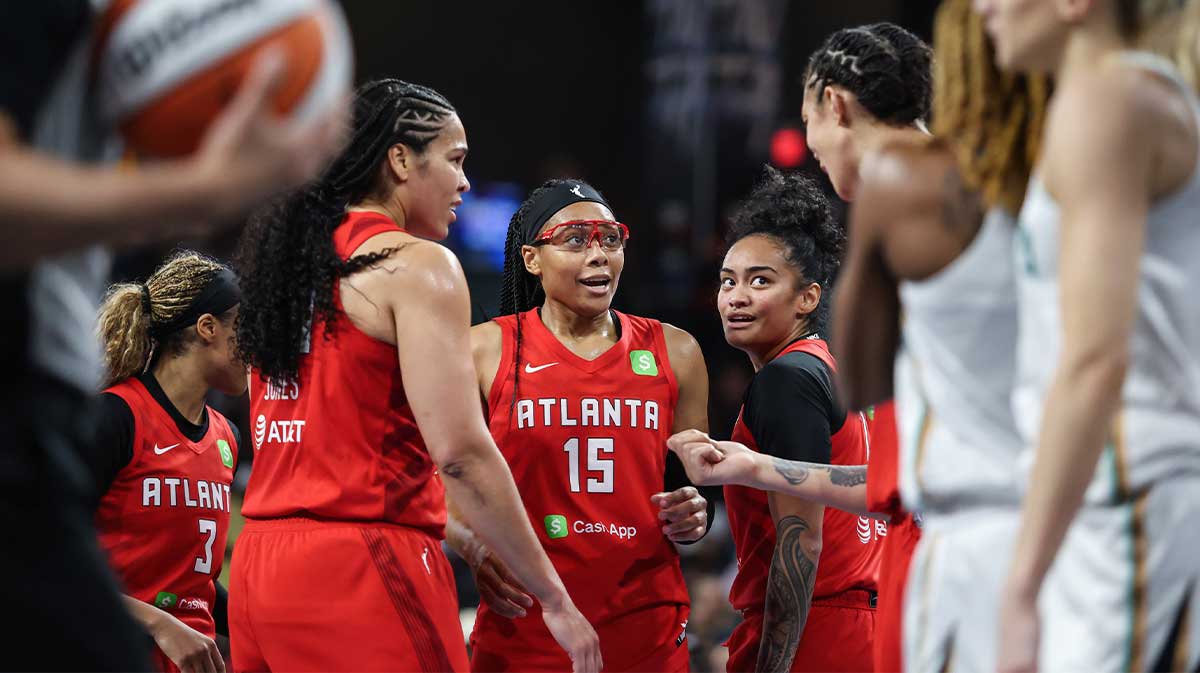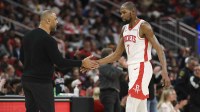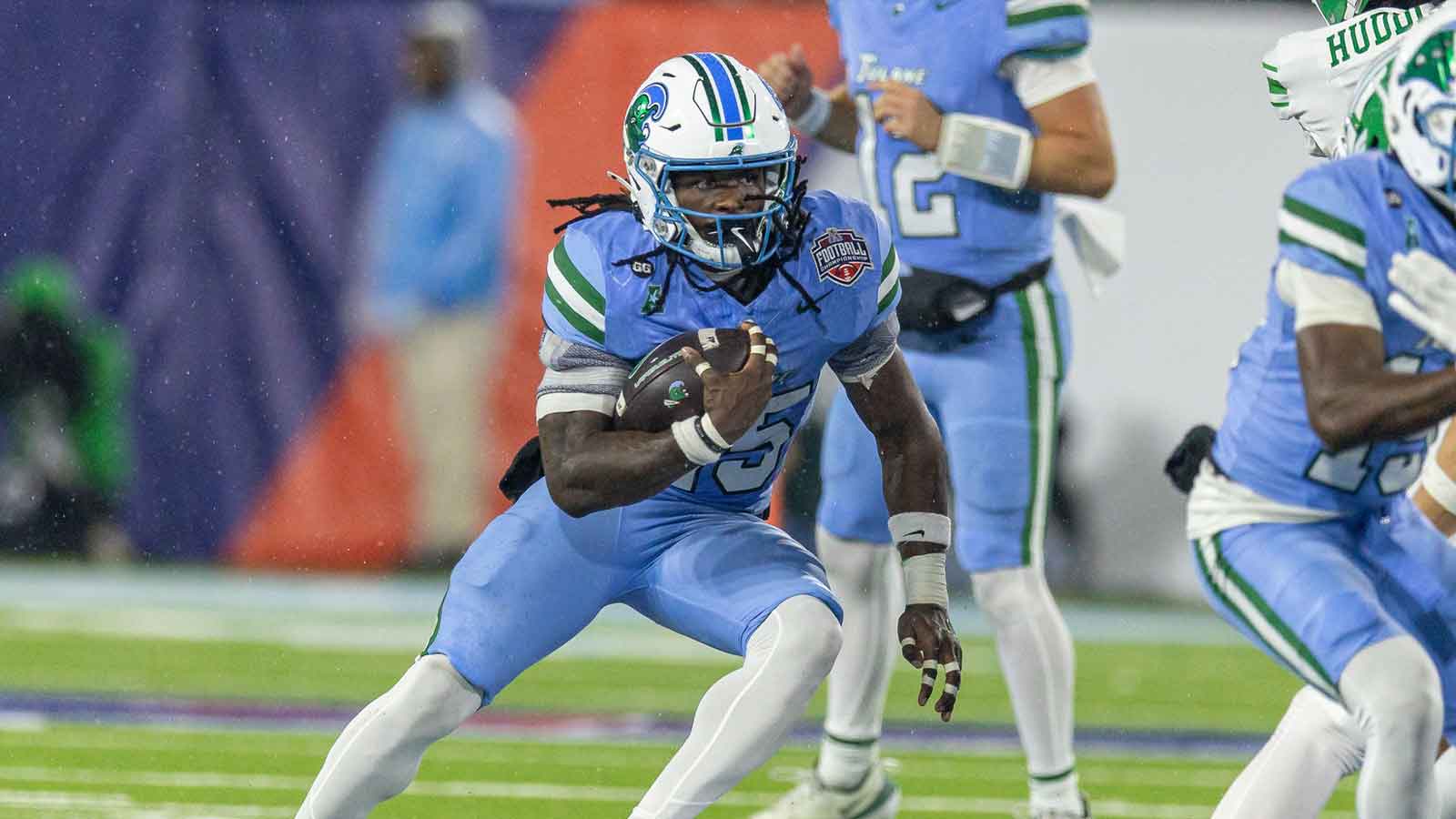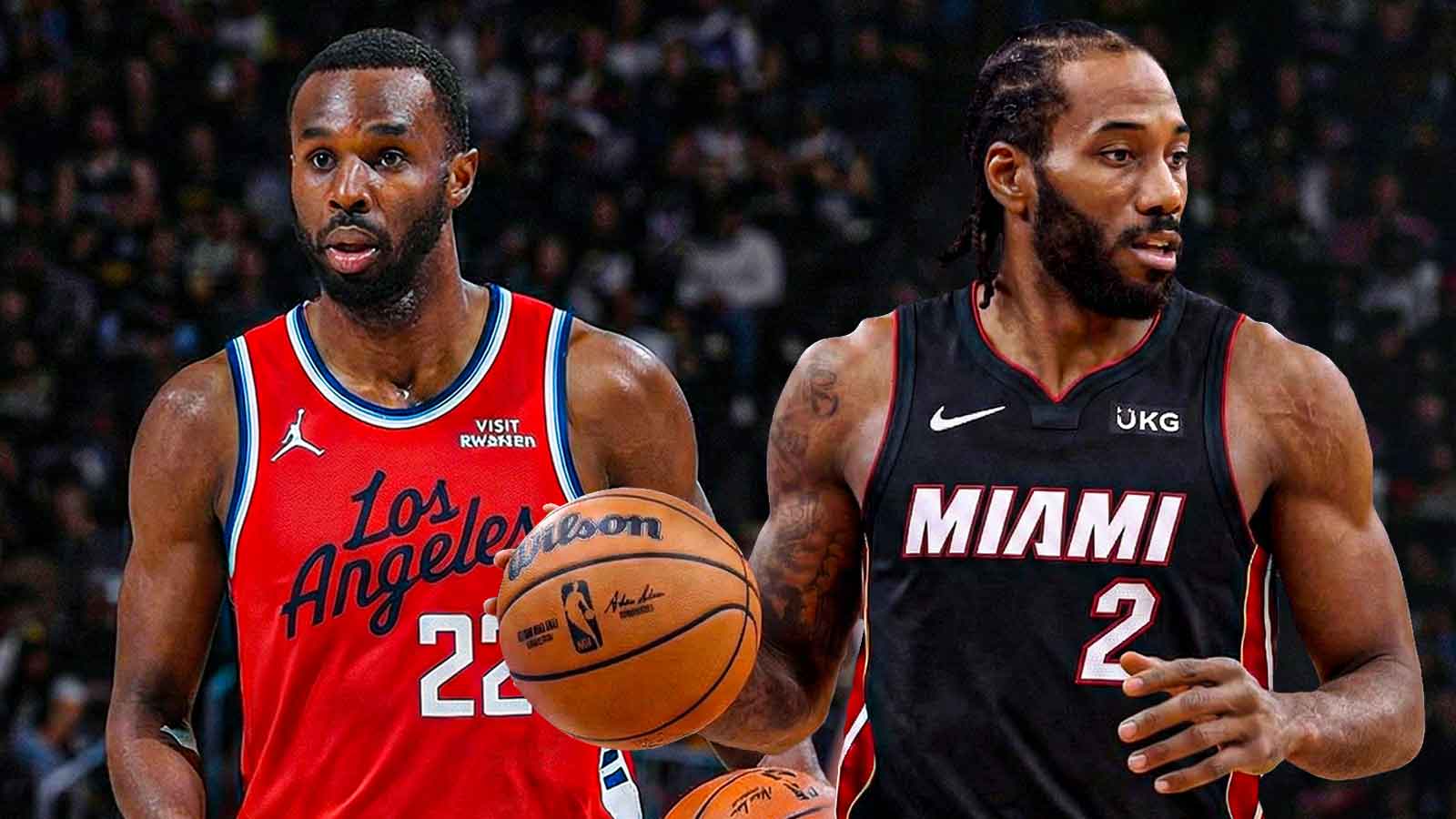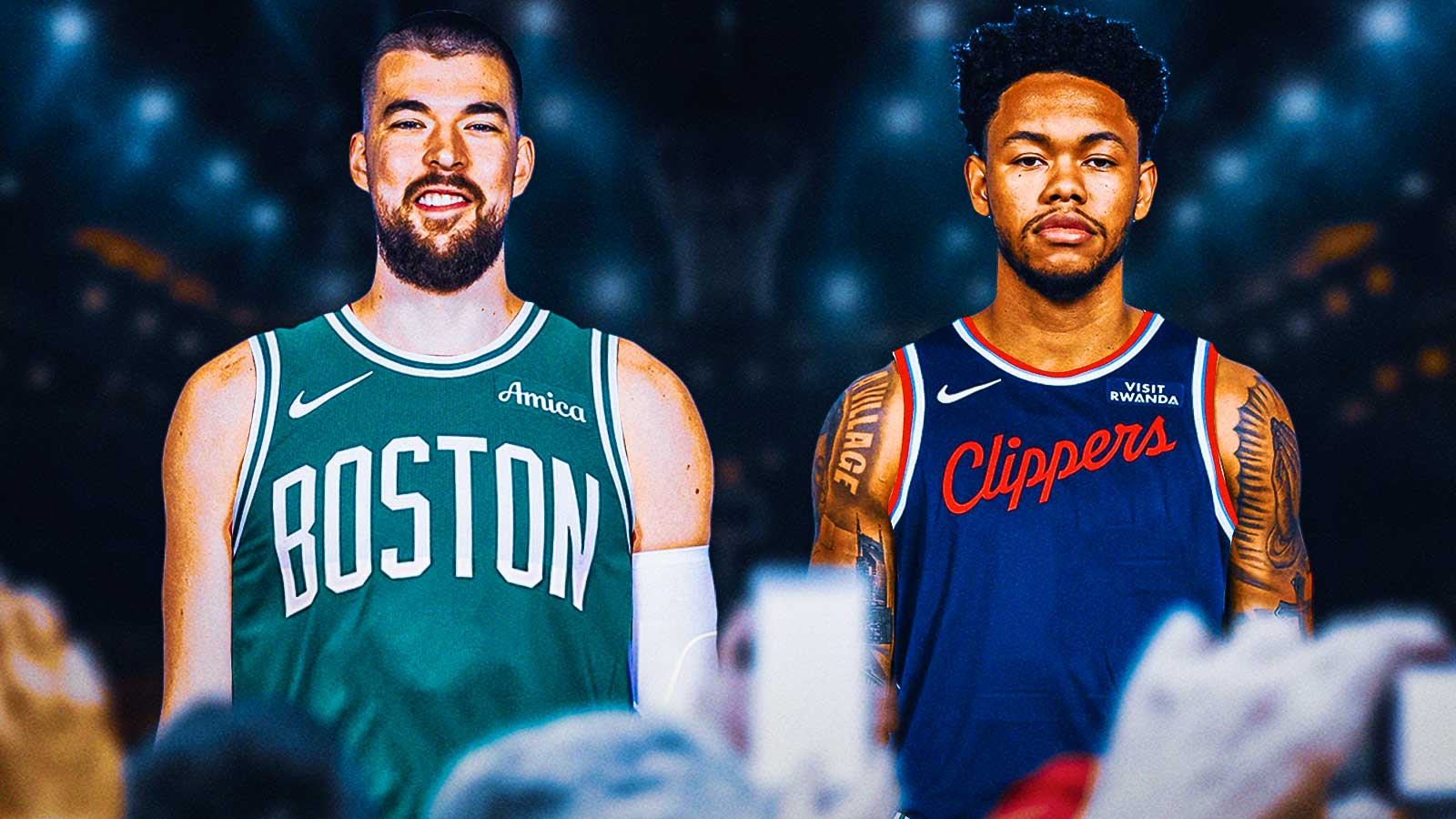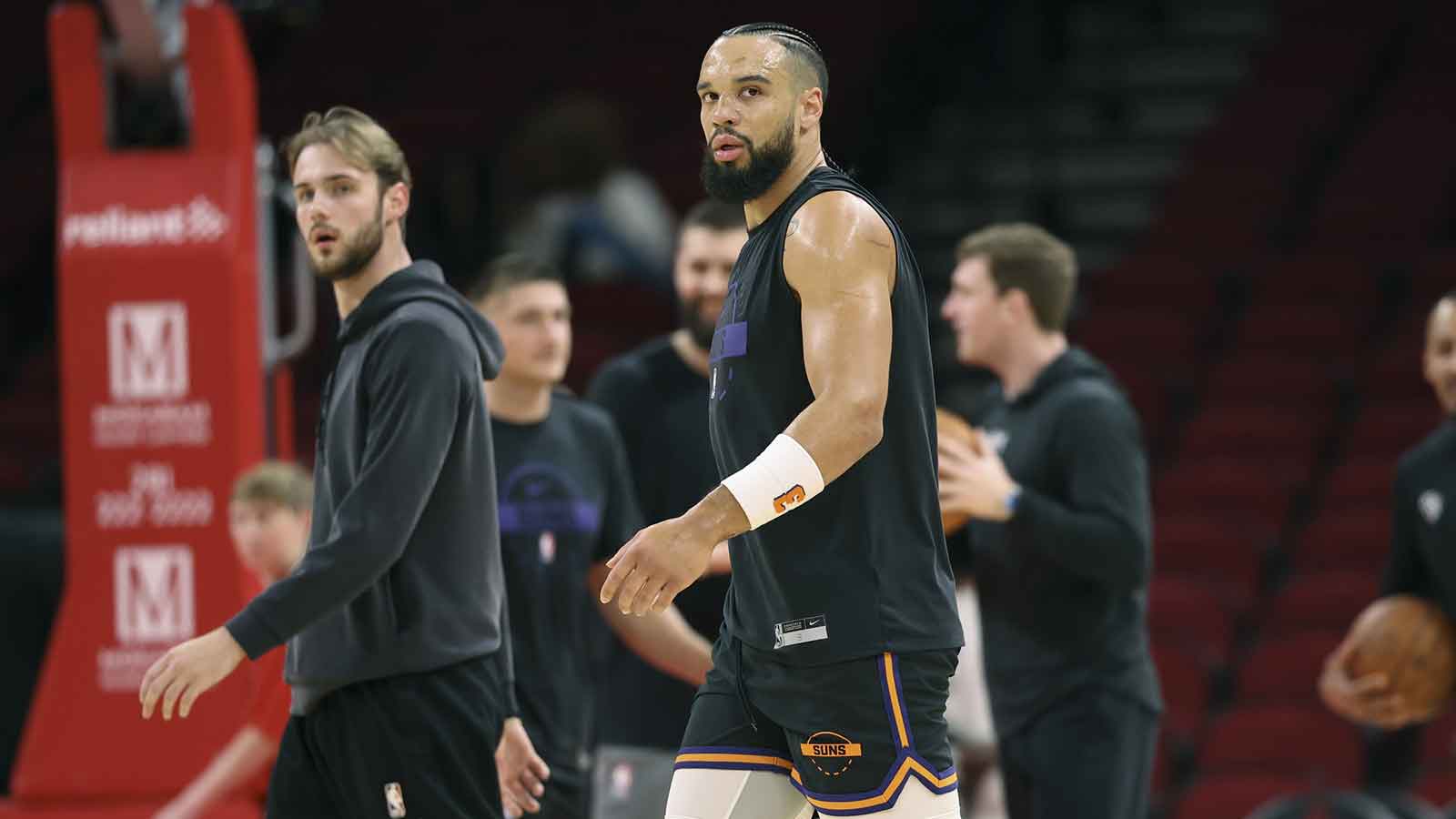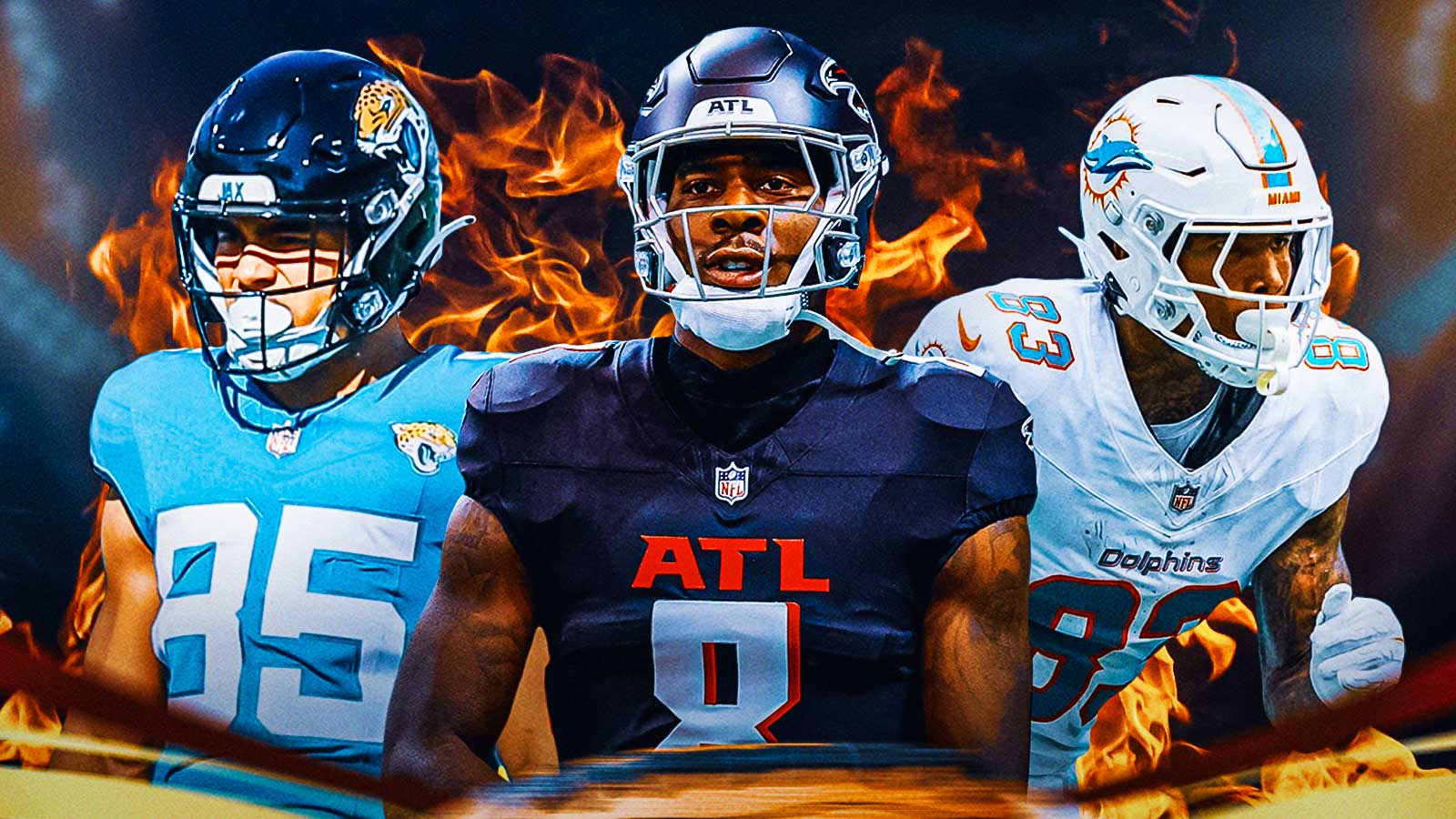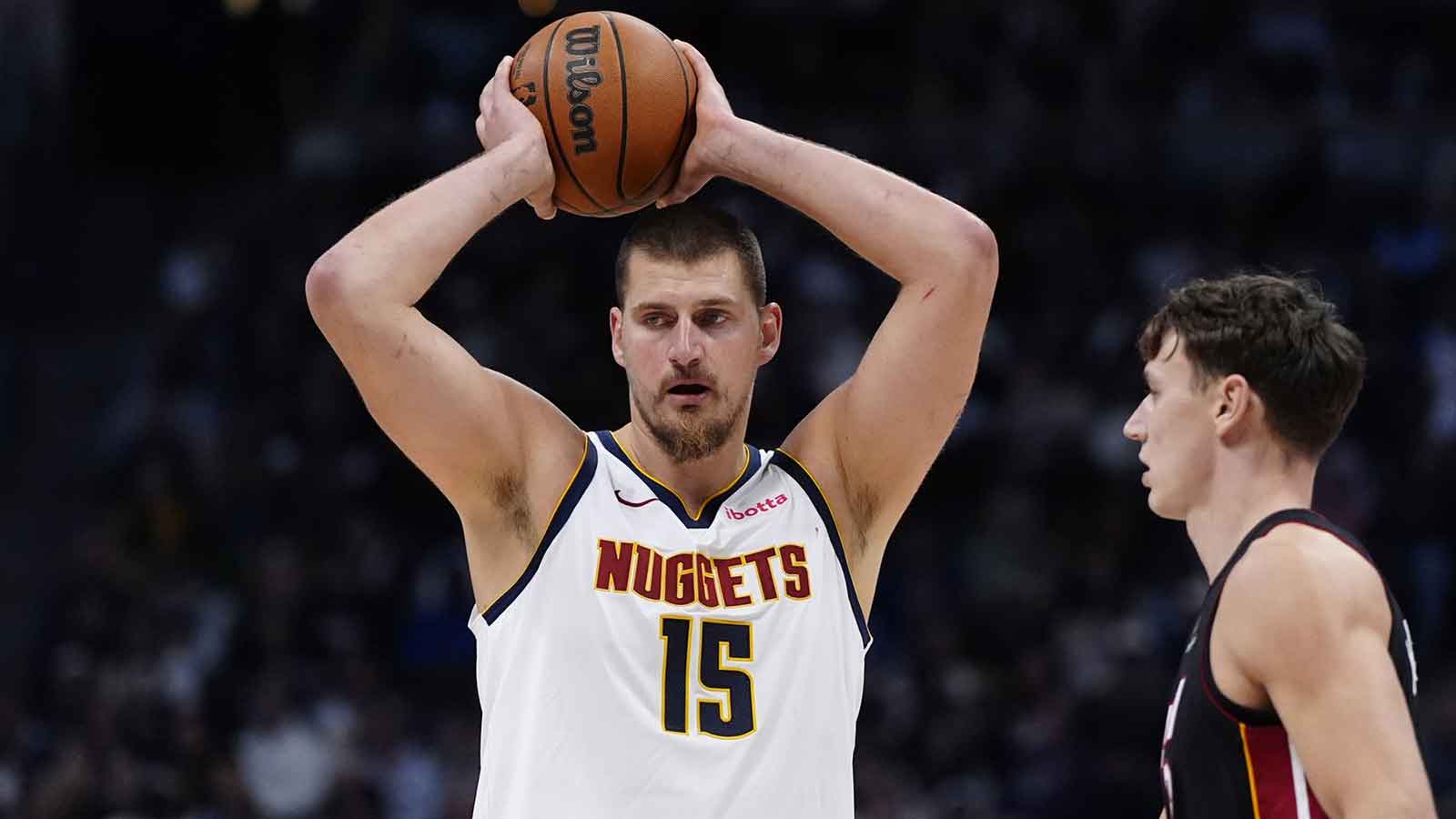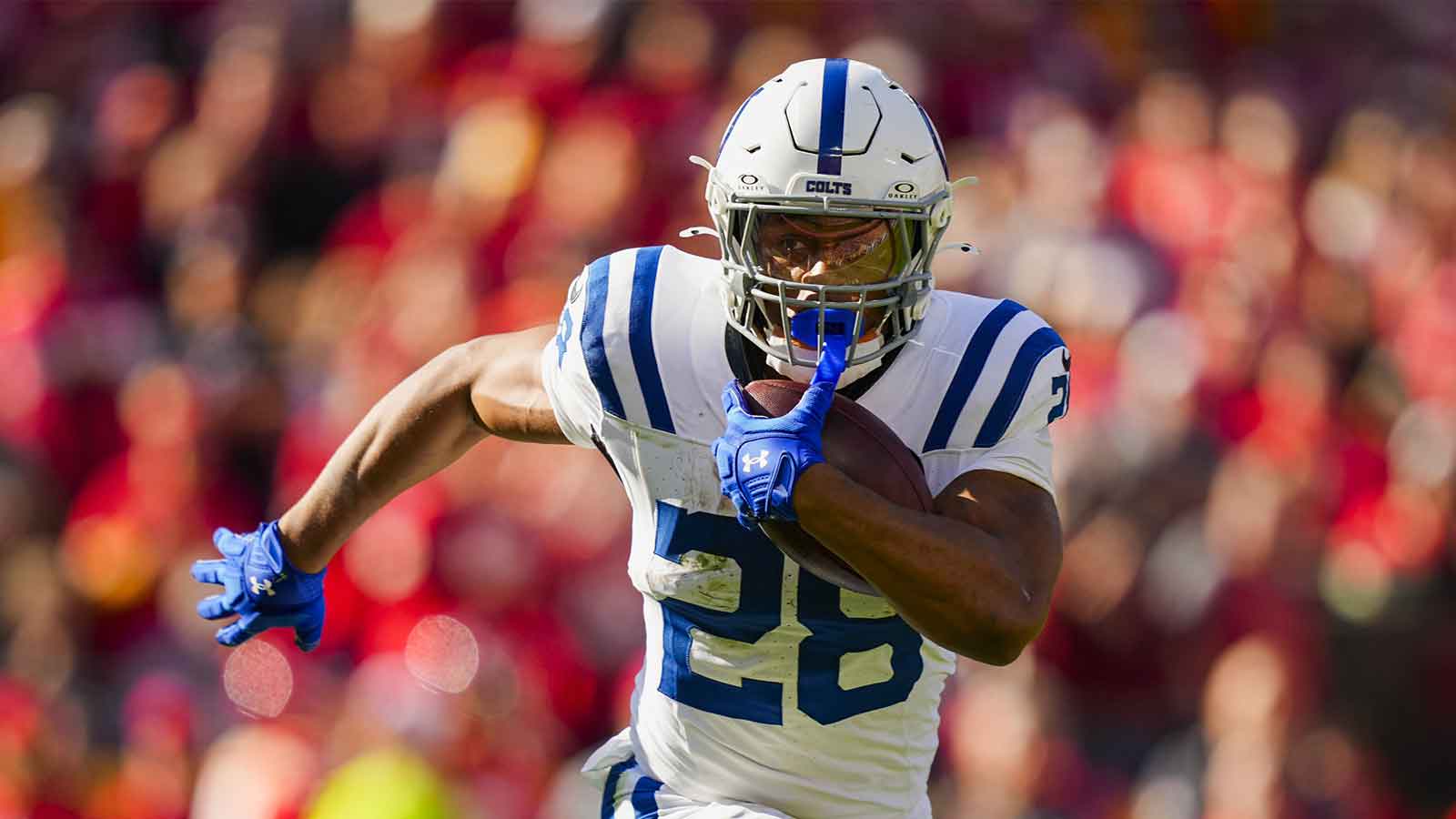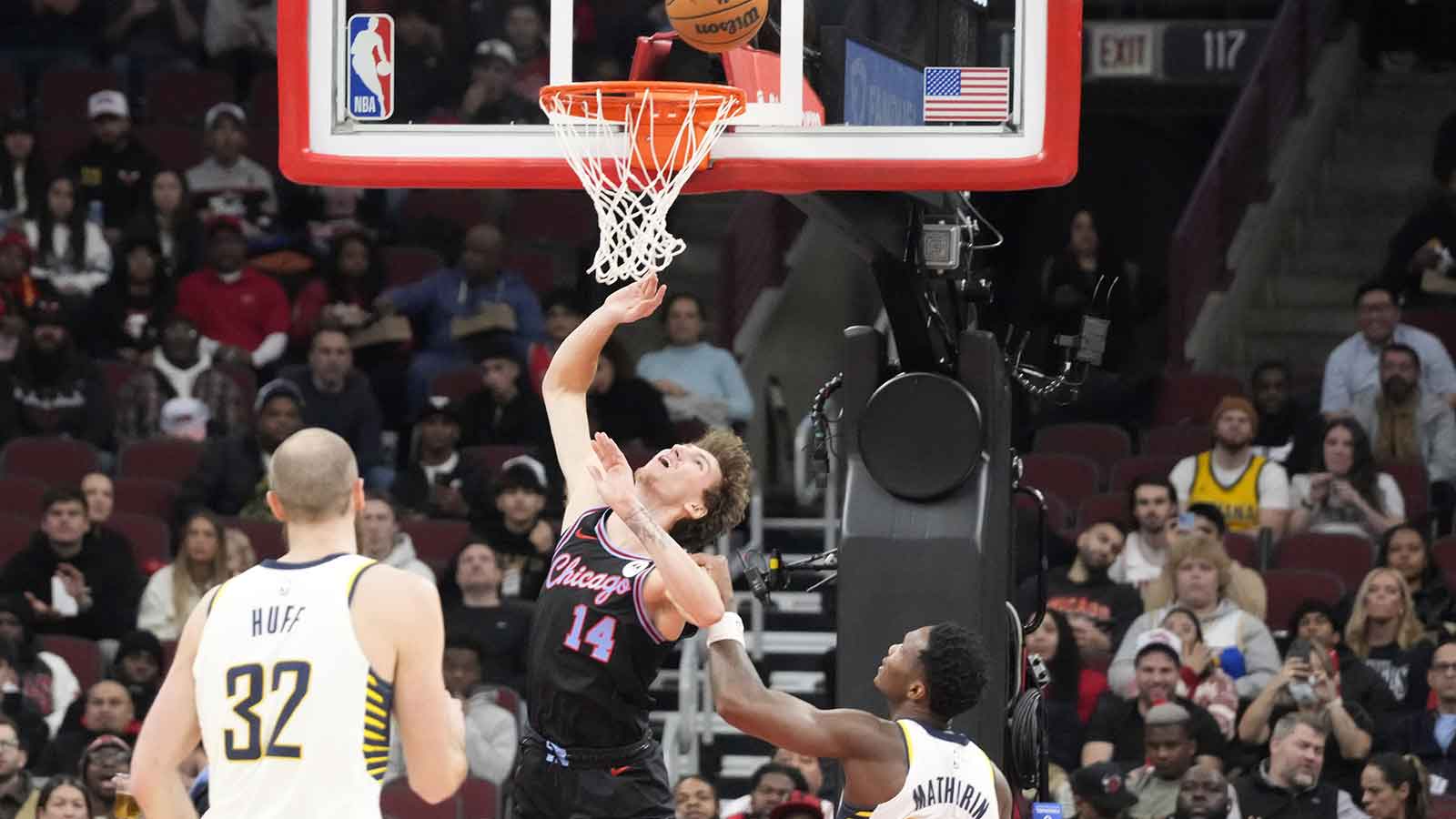As the 2025 WNBA regular season enters its final stretch, the Atlanta Dream find themselves at a pivotal crossroads. Sitting near the top of the Eastern Conference standings, the Dream have shown flashes of brilliance under head coach Karl Smesko, particularly with a threes-first identity, versatile scoring, defensive prowess, and a steadily maturing roster that's balanced with an infusion of fresh youthful energy. However, following the 2025 WNBA trade deadline, the Dream made minimal roster changes, opting to trust internal growth and chemistry over high-profile shakeups.
This approach has delivered mixed results since the deadline. While players like Allisha Gray, recently returning star Rhyne Howard, and Naz Hillmon have stepped up dramatically, and the team continues to compete with the W's best, cracks in consistency, particularly in late-game execution, three-point efficiency, and bench productivity, have surfaced just as the postseason picture tightens. With the playoffs fast approaching and the margin for error narrowing, Atlanta must now make a series of careful adjustments on the court. Let's see which moves are the most crucial for the Dream to make if they want to keep the No. 1 seed in the East secured while positioning themselves for a deep postseason run.
Great work tonight @brittneygriner! 🔥#DoItForTheDream pic.twitter.com/MKN1B2qofp
— Atlanta Dream (@AtlantaDream) August 20, 2025
1. Manage existing rotation carefully
Given the lack of mid-season acquisitions at the 2025 WNBA trade deadline, coach Smesko must now turn inward and optimize his current roster by distributing minutes more strategically. Jordin Canada and Brittney Griner have dealt with injuries throughout this season, with Canada being ruled out indefinitely due to her right hamstring and Griner only recently regaining her form post-All-Star break. Howard also recently returned to the lineup after an extended absence, meaning the Dream’s rotation has been in flux.
Griner does appear to be rounding into peak form, bouncing back by averaging 14.5 points on 63.2% shooting over her last three appearances. That said, depending on their core starters has exposed the Dream in late-game scenarios, as fatigue sets in and leads to lapses in execution. This is where bench assets like Hillmon, rookie Te-Hina Paopao, and Shatori Walker-Kimbrough must be leveraged more efficiently, as Hillmon’s breakout playmaking and shot selection continue to elevate her status.
Since injury trouble has been a factor for this Atlanta squad, keeping the starting five healthy is the top priority. Strategic substitution patterns, like rotating fresh legs into fourth quarters and giving veterans extended breathers during low-pressure moments, will be key in maintaining two-way excellence and staying competitive against deeper playoff-caliber teams.
2. Work on finishing games strong
One of the most concerning trends for the Dream in recent weeks has been their inability to hold onto leads late in games. Despite being competitive throughout all four quarters, they’ve surrendered double-digit advantages in at least four contests since mid-July, underscoring a worrying pattern of late-game drop-offs.
The root cause appears to be overreliance on the starting five, particularly Gray and Howard, who rank among the league’s top minutes-per-game leaders when healthy. Fatigue, combined with a thinning bench, has led to inconsistent defensive rotations and stagnant offensive possessions late in games.
Hillmon has proven she can shoulder a bigger load, knocking down key late-game shots since breaking out for the Dream in the last few weeks. Still, beyond Hillmon, Atlanta’s second unit has been lacking the firepower or defensive tenacity to close out tight contests.
A potential solution lies in creating a lineup specifically designed to close games. Prioritizing defensive efficiency, decision-making, and free-throw shooting can prevent momentum swings that have repeatedly doomed Atlanta late in recent contests. Additionally, having the coaching staff incorporate late-game timeouts more effectively to reset defensive focus and slow opposing runs would give the Dream greater control over tempo.
3. Re-emphasize 3-point game
Despite boasting the second-highest number of three-point attempts in the WNBA this season, the Dream have experienced a slight but noticeable dip in their actual three-point production heading into late August. Atlanta has become solid in the paint thanks to the duo of Griner and Brionna Jones, but shooting from beyond the arc is supposed to be the cornerstone of Smesko's offense. The team is launching over 28 threes per game but converting just about 33% of them — a marginal decline from their early-season pace and well below the league’s elite benchmarks — meaning the volume is there, but the efficiency is lagging.
This growing disparity between attempts and makes has started to limit the effectiveness of Smesko’s motion- and three-point-heavy offense, which is designed to capitalize on floor spacing and off-ball movement. Gray remains the Dream’s most dependable perimeter threat, hitting over 40% of her attempts while often drawing the toughest perimeter defenders. Howard continues to be a focal point on the wing, contributing with volume and occasional hot streaks, but her overall three-point percentage has hovered in the mid-30s range due to streaky performances.
The most encouraging development has come from Hillmon, who has added a reliable corner three to her arsenal. She’s shooting above 33% from deep on increased attempts and spacing the floor more effectively than in previous seasons. Paopao contributes a solid amount of threes off the bench as well, even leading the league in percentage from beyond the arc at some points this campaign, but outside of those few, the Dream have lacked consistent shooting contributions from the rest of the rotation.
Their inability to punish sagging defenses has led to clogged driving lanes and lower shot quality overall. To remain a serious threat and hang on to the top spot in the Eastern Conference, Atlanta must either see internal improvements from its perimeter role players or consider any last-minute signings possible to shore up its outside shooting before the postseason arrives.
The Dream have built a strong foundation in 2025 through a combination of savvy coaching, an evolving young core, and bold offseason moves that brought in top-tier talent like Griner. But as they push toward the end of the regular season, the difference between being a good team and cementing themselves as a championship-caliber franchise will come down to how effectively they adapt in these final weeks.
The decline in three-point efficiency despite the high volume threatens to undermine their offensive rhythm, while thin bench depth and late-game collapses continue to jeopardize winnable matchups. Fortunately, the emergence of players like Hillmon and the careful development of rookies such as Paopao provide Smesko with tools to adjust.
If Atlanta can keep its rotation healthy, squeeze better efficiency out of its shooters, and shore up defensive resilience in the fourth quarter, the team has every chance to not only retain the top spot in the Eastern Conference but also to challenge the Minnesota Lynx as a true title contender. The talent is there, and the structure is in place, so the next few weeks will define whether this Dream team can turn potential into postseason dominance.

